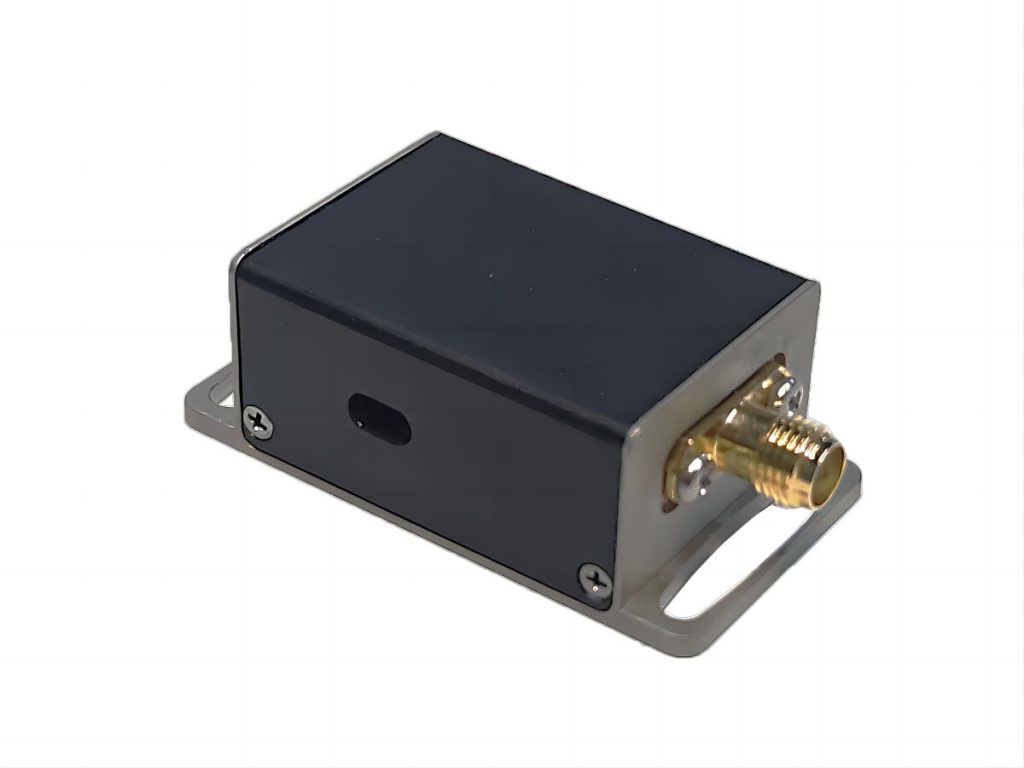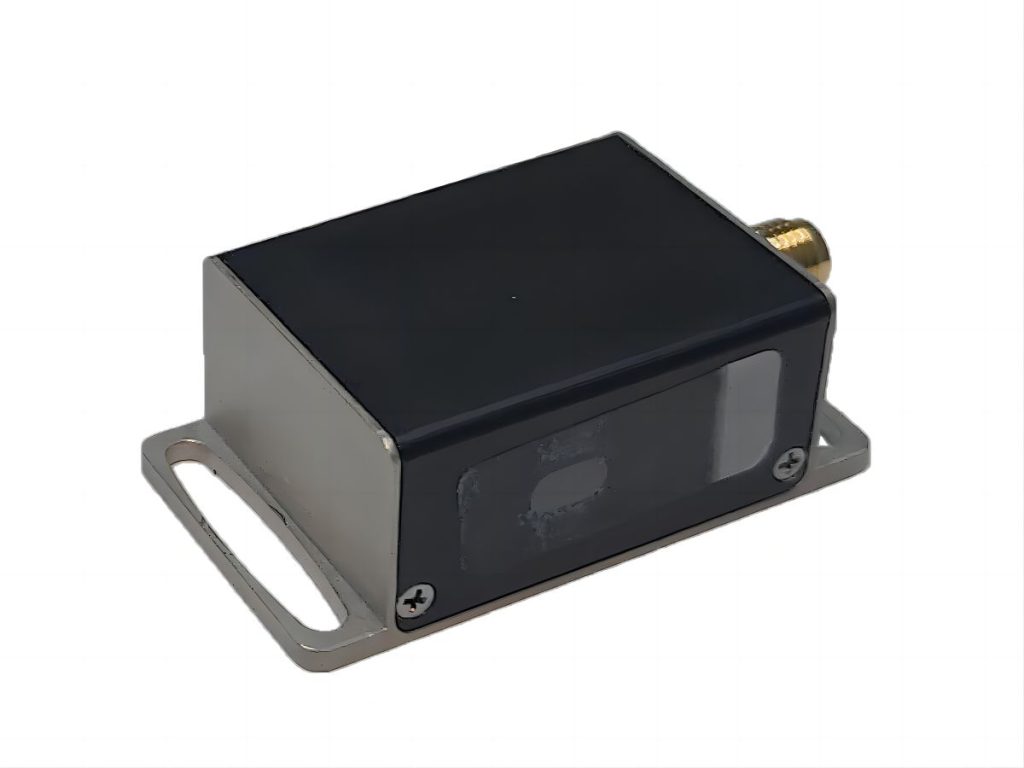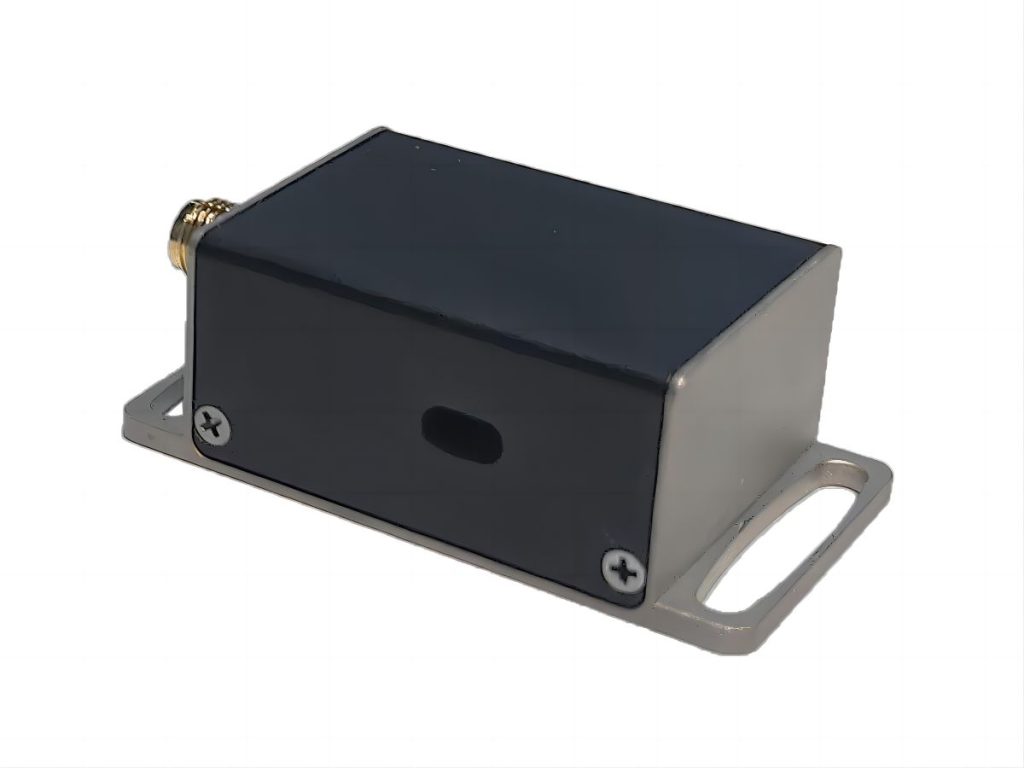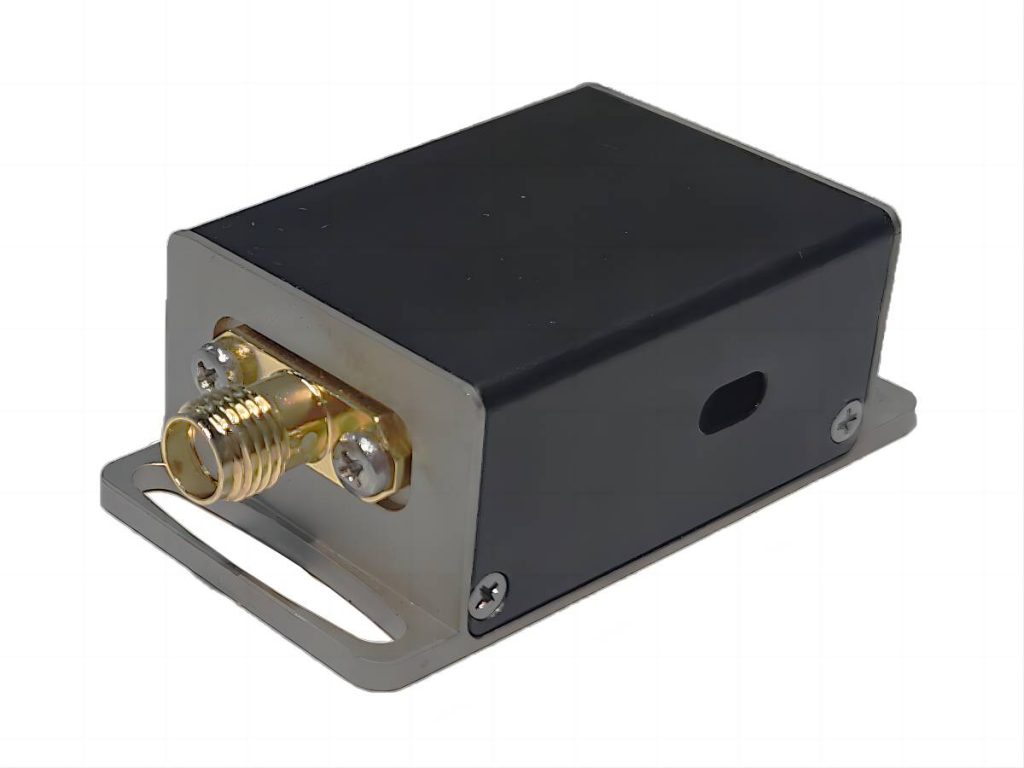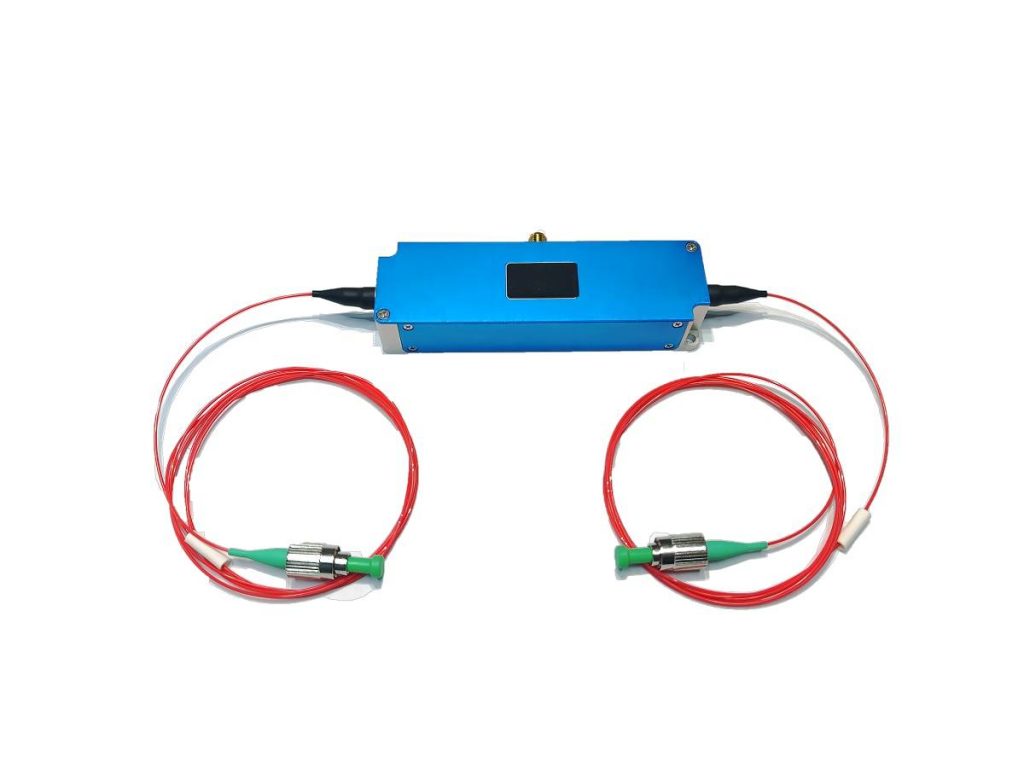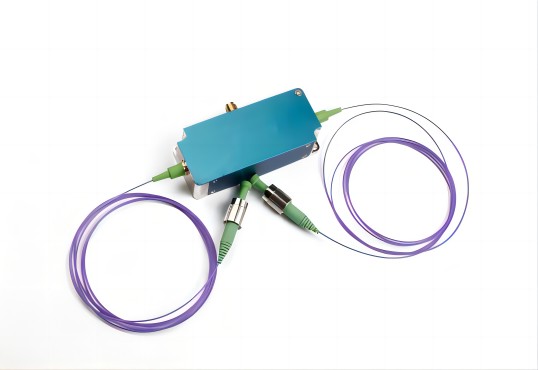Applications of Space Acousto-Optic Frequency Shifters(AOFS)
Light, the fundamental carrier of information in our world, possesses fascinating properties that can be manipulated for diverse applications. Space acousto-optic frequency shifters (AOFS) are a class of devices that exploit the interaction between light and sound waves to achieve a crucial function: altering the frequency of a light beam. This seemingly simple manipulation unlocks a treasure trove of possibilities across various scientific and industrial fields.
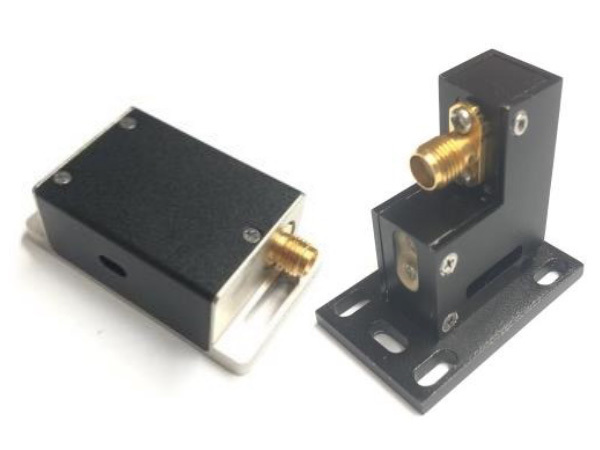
The Inner Principle of Acousto-Optic Frequency Shifters
At its core, an AOFS operates on the principle of the Doppler effect. Imagine tossing a tennis ball towards a stationary person. The ball will be perceived to have a specific frequency (pitch) as it approaches. However, if the person starts running towards the ball just before it arrives, they will experience a higher perceived frequency due to their relative motion. This principle applies to AOFS as well.
Inside an AOFS, a carefully chosen crystal material is used. One end of the crystal is bonded to a piezoelectric transducer, which converts an electrical signal into sound waves (acoustic waves). When light from a laser beam enters the crystal and interacts with these acoustic waves, a fascinating phenomenon occurs. The refractive index, a property that determines how light bends within the material, experiences a periodic fluctuation due to the acoustic waves. This creates a moving diffraction grating within the crystal.
Light, upon encountering this dynamic grating, gets diffracted into multiple beams. Importantly, the frequency of one of these diffracted beams is shifted by an amount precisely equal to the frequency of the acoustic wave. By controlling the electrical signal driving the transducer, we can control the frequency of the sound wave, and consequently, the amount by which the light frequency is shifted. This ability to manipulate light frequency forms the foundation for the diverse applications of AOFS.
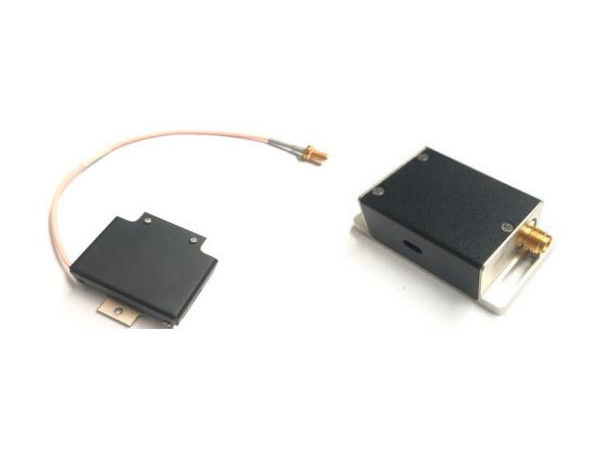
Applications of Space AOFS Based on Frequency Shifting and Modulation
The core functionality of spatial AOFS – altering light frequency – translates into a variety of applications based on frequency shifting and modulation. Here’s a closer look at some prominent examples:
- Laser Doppler Vibrometry (LDV): This technique utilizes space AOFS to measure the vibration of objects with exceptional precision. A portion of the laser beam is directed towards the vibrating object, and the reflected beam is recombined with the original beam. The AOFS introduces a controlled frequency shift in one of the beams. Any vibration in the object causes a slight shift in the path length traveled by the reflected beam. This path length difference creates a beat frequency between the two beams, which is directly proportional to the object’s vibration velocity. By analyzing this beat frequency, LDV provides highly accurate measurements of vibrations in various fields, from micromachines to large structures.
- Interferometry: This powerful technique relies on the precise overlapping of light waves to measure minute distances, angles, and surface irregularities. Space AOFS plays a crucial role in interferometry setups by enabling precise control over the frequency of one of the interfering beams. This control allows for fine-tuning of the fringe pattern, a crucial element for obtaining accurate measurements. Spatial AOFS based interferometry finds applications in diverse areas, including optical component characterization, surface topography analysis, and even gravitational wave detection.
- Pulse Picking and Power Control: Space AOFS can be used to manipulate the temporal characteristics of a laser beam. By precisely controlling the timing of the acoustic wave within the crystal, AOFS can selectively diffract specific pulses from the laser beam. This allows for the selection of desired pulses or the creation of precisely spaced pulse trains. Additionally, by adjusting the intensity of the acoustic wave, AOFS can modulate the power of the diffracted light beam. This ability to manipulate pulse and power characteristics finds applications in areas like laser material processing, communication systems, and ultrafast spectroscopy.
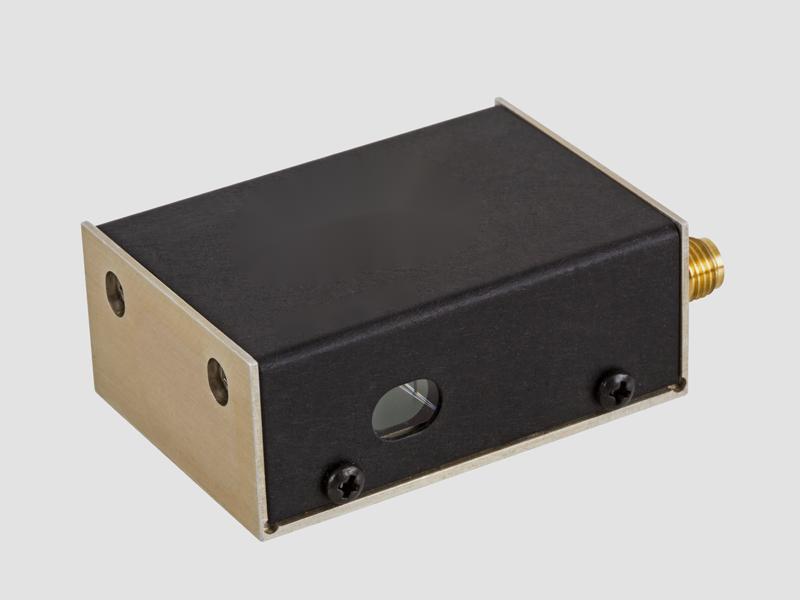
Application of Space AOFS in Signal Processing
The ability to manipulate light frequency also opens doors for applications in signal processing:
- Optical Heterodyning: This technique involves mixing two light beams to generate a beat signal that carries valuable information. Space AOFS can be employed to introduce a controlled frequency shift in one of the beams. By carefully choosing the frequency shift, the beat signal can be tailored to a specific range, simplifying subsequent processing and analysis. Optical heterodyning with AOFS finds applications in various areas, including coherent detection in optical communication systems and spectroscopic analysis of complex signals.
- Doppler Effect Measurements: Studying the motion and velocity of objects is crucial in various scientific and engineering disciplines. Space AOFS can be used to measure the Doppler shift experienced by light scattered from a moving object. This shift is directly proportional to the object’s velocity relative to the light source. By analyzing the Doppler shift with the help of spatial AOFS, researchers can measure the velocity of objects like blood flow in capillaries, the motion of microscopic particles in a fluid, or even the rotation of celestial objects. This non-contact measurement technique offers valuable insights in diverse fields.
Application s of Space AOFS in Diverse Industries
The unique capabilities of Space AOFS extend beyond fundamental research, finding practical applications in various industries:
1. Scientific Research
- Laser Cooling: A fundamental concept in atomic physics, laser cooling relies on the Doppler effect to manipulate the motion of atoms and molecules. Spatial AOFS can be used to create precisely controlled frequency-shifted beams that interact with the atoms, slowing them down and achieving incredibly low temperatures. This technique has numerous applications in precision spectroscopy, Bose-Einstein condensate research, and studies of fundamental physics.
- Optical Metrology: The field of metrology focuses on precise measurements. Spatial AOFS plays a vital role in optical metrology by enabling the development of highly accurate tools for measuring various optical properties like wavelength, frequency, and phase. These tools are essential for characterizing lasers, optical components, and materials, all of which are crucial building blocks for modern photonic technologies.
2. Industrial Applications
- Process Control: Many industrial processes rely on precise monitoring and control of various parameters. Space AOFS can be integrated into such systems to perform non-contact measurements. For instance, AOFS-based LDV can be used to monitor vibrations in machinery and detect potential faults before they escalate into major breakdowns. Similarly, space AOFS can be used to measure the velocity of materials on production lines, enabling real-time process control and optimization.
- Vibrometry: Measuring vibrations plays a crucial role in ensuring the smooth operation and longevity of machinery across various industries. AOFS-based vibrometers offer several advantages over traditional contact-based methods. They are non-invasive, allowing for measurements on delicate or hard-to-reach surfaces. Additionally, they provide high-speed and high-precision measurements, making them ideal for real-time monitoring and analysis.
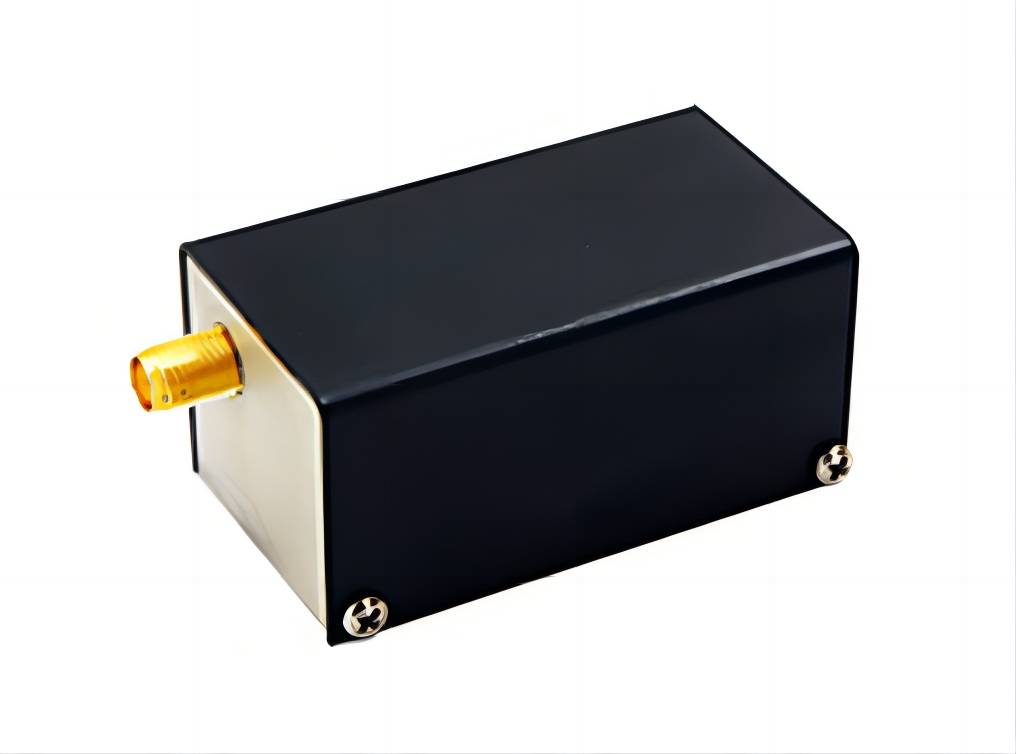
Conclusion
The versatility of space AOFS in manipulating the light frequency and enabling advanced signal processing has revolutionized numerous scientific and industrial endeavors. Their ability to offer fast switching speeds, wide bandwidth operation, and high efficiency makes them a valuable tool for researchers and engineers alike. As technology continues to evolve, space AOFS is expected to play an even more prominent role in the future. Potential areas of exploration include the development of miniaturized AOFS devices for on-chip applications, integration with advanced laser sources for even greater precision, and further exploration of their capabilities in quantum technologies. With their unique ability to orchestrate the interaction between light and sound, space AOFS promises to continue illuminating our path towards groundbreaking discoveries and advancements in the years to come.
If you are looking for a space acousto optic frequency shifter supplier, SMART SCI&TECH is a good choice, we are looking forward to your inquiries.


